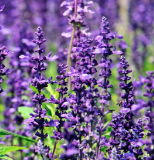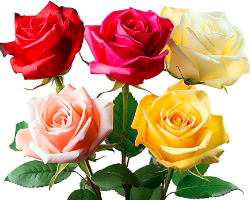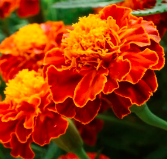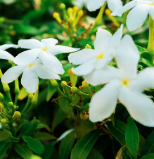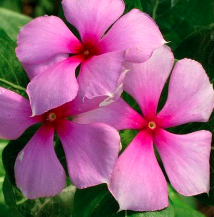Doctor Ama Visited Hadassah Emet Architects Market Garden on a beautiful Saturday afternoon to buy some cullinary Herbs; suddenly he noticed the beauty of the Lavender flowers growing at the hedge of the Garden, when he perceived the amazing fragrance he was completely blown away. He asked questions about the Lavender flower and he was surprised to learn that the flowers are not only edible but can also chase away mosquitoes which are a nuisance and are popular for transmiting diseases like Malaria, Dengue Fever, West Nile Virus and Zika Virus. Doctor Ama ended up buying Lavender Flower, Culinary Herb spices, Lemon Balm Tea, Organic Fertilizer, Plant Pots, Rosemary and Marjoram . According, to him it was a very good day because he found the visit to be very pleasant and educational.

Maybe you are also like Doctor Ama, who was not aware that there are certain flowers that are Edible. For thousands of years flowers have been consumed either raw or cooked for their nutritional and medicinal benefits. Nowadays, you find some flowers incorporated into sweet and savory dishes by chefs for their unique flavours, colour and nutritional benefits.
We have highlighted six Edible flowers below, that are easy to plant and care for they are also known for their versatile use as well as their Nutritional and medicinal benefits.
Description
Lavender (Lavandula Angustifolia) is a perennial that has a very calming smell.
Uses
The purple flowers are used for making Tea.
Benefits
>Treats Acne
>Heals wounds
>Treats Nausea
>Reduces Bloating and intestinal Gas
>Reduces Depression and Anxiety
>Mosqiuto repellent
>Aromatherapy
>Treats Sleep Disorder
Tips for Planting
>Plant outdoors in full sun
>Lavender prefers fast draining soil with poor nutrient content
>Prune plant to prolong the life of the plant.
Description
Roses (Rosa) are perennial flowing plants that come in different colours such as red, Pink, Yellow, White and Orange.
Uses
The petals of the Rose flower can be used in making Tea.
Benefits
>Promotes healthy Immune system
>Aids Digestion
>Reduces Menstrual pain
>Treats Anxiety
>Anti-inflammatory
>Antibacterial properties
>Produces Collagen
>Promotes Healthy Hair, Skin and Nails
>Reduce Breakout on the skin and treat Eczema
Tips for Planting
>Plant outdoors in full sun
>Fertilize with Worm castings or Vermi-compost.
> Prune to prolong the life of the plant

